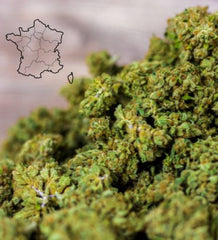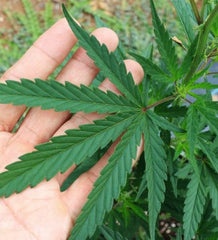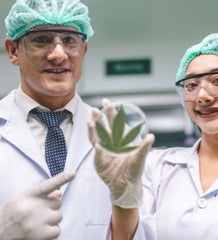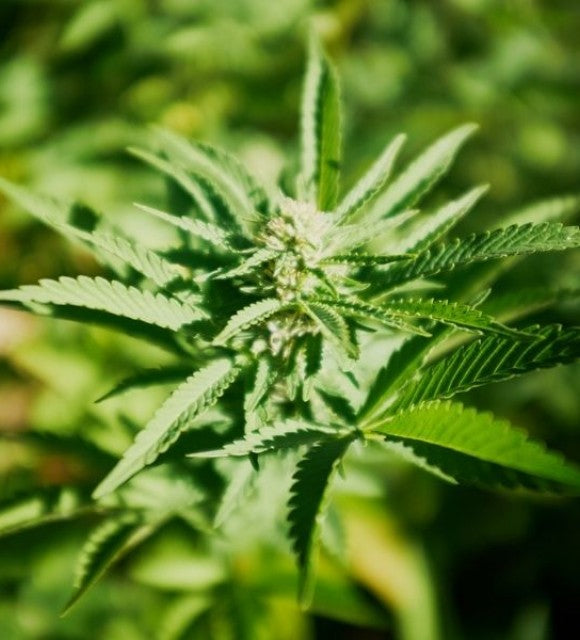
CBD: a superfood that is both beneficial for health and ecological
How to produce CBD?
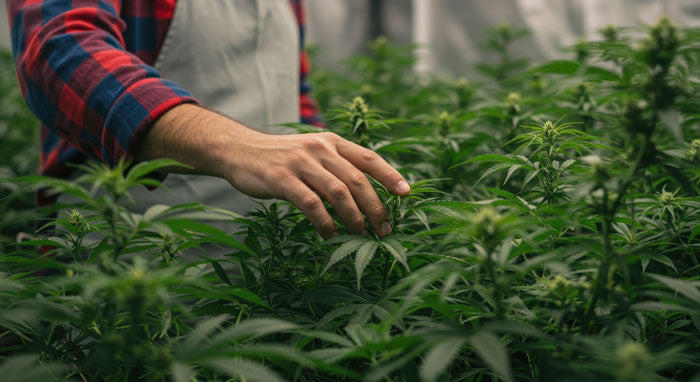
It's important to distinguish between hemp, which is a plant, and CBD, which is an active ingredient contained within it. They are not the same thing, and it's important not to confuse them. They can be purchased alone or combined, as well as with other ingredients.
While one is directly a cultivable plant that must be processed entirely for use, the other is contained only in a specific part of the plant.
The Difference Between Hemp and CBD
Hemp is a plant with several varieties and species. It can be produced and processed for use in many different industries.
As for CBD, it is contained directly in this plant, and more specifically in the flowers, therefore only the female plants. Thus, hemp has a new utility since the rise of CBD in Europe.
To go further, CBD comes from particular species and varieties because where CBD is located, there are also other cannabinoids like THC which is considered a drug.
This is why strains containing little THC but a lot of CBD are recommended for this type of production. Conversely, for certain uses, other varieties will be chosen, for example, for their higher yield.
The 3 methods of growing CBD
CBD can be grown using three methods, or rather, hemp production to obtain CBD can be done in three different ways. First, the most natural method is to grow it outdoors.
This allows you to take advantage of climatic elements such as rain, wind, soil, and sun, making it an inexpensive and natural method. However, yields will be lower and it is difficult to control the plants. They can also be attacked by pests.
Then there's indoor and greenhouse production. Both methods are more expensive, especially indoors, but more efficient and controllable. In a greenhouse, you still benefit from the soil and sun, but you protect yourself from pests.
Indoors, it's easier to control every detail, like lighting, to create custom-designed plantings. However, it requires the use of many natural resources.
Other uses of hemp
Hemp production not only provides CBD, but also supplies other industries. First, there's the food industry, where CBD and hemp are sometimes combined.
Examples include CBD-enriched hemp oil, cereal bars, and food supplements. Cosmetics also include products with both or only hemp or CBD, such as creams, serums, and hair care products .
On the other hand, it is possible to find this plant alone in completely different products. For example, in the textile industry, it is a plant used to create fabric. This way, the clothing will be natural and environmentally friendly.
Of course, first and foremost, hemp production and the clothing manufacturing method must also be natural and have no impact on the planet.
Another less common use of hemp is its transformation into a plastic-like material. Since it's a high-fiber plant, this makes it an ideal alternative for creating products typically made of plastic.
This new material is biodegradable, and therefore much more ecological!
What are the benefits of CBD and hemp?

Hemp and CBD can be considered superfoods. They have numerous benefits for the body, whether consumed separately or together.
Today, you can find them almost everywhere, or use them as dietary supplements to boost your metabolism. Highly natural due to their manufacturing methods and their flavors, they're easy to integrate with other ingredients.
The natural effects of CBD
CBD primarily has anti-inflammatory and antioxidant properties. This is what helps you relieve pain , calm your mind, and feel better overall.
Using it will easily improve your well-being. Since it's a cannabinoid molecule, it doesn't have any other benefits because it travels directly into your body through your bloodstream. Its effect is achieved by attaching to specific receptors.
Thanks to European and French legislation, commercially available CBD contains a THC content of less than 0,3%, so you won't experience any side effects when using CBD. You can choose from raw products such as oil, flowers, wax, pollen, or resin, as well as CBD-based derivatives.
The nutritional value of hemp
Hemp has particularly interesting nutritional properties. It contains all nine essential amino acids and is rich in protein, fatty acids, and vitamins. All of these nutrients make it easier to meet your recommended daily intake.
Hemp can therefore be considered a natural superfood suitable for almost any diet. You can consume it in a very pure form as flour, oil, or protein powder, as well as in combination with other ingredients.
Its neutral taste allows it to be hidden without spoiling the flavors of your recipes. It is therefore possible to integrate it into your everyday diet and benefit from its properties easily.
Once you understand the difference between CBD and hemp, you can choose one, the other, or both to incorporate into your diet.
They can both meet your needs, depending on your current issues. Regardless, these are natural, easy-to-consume, and environmentally friendly products that we recommend you use to promote daily well-being!




